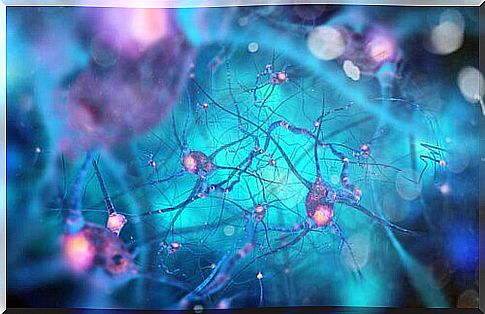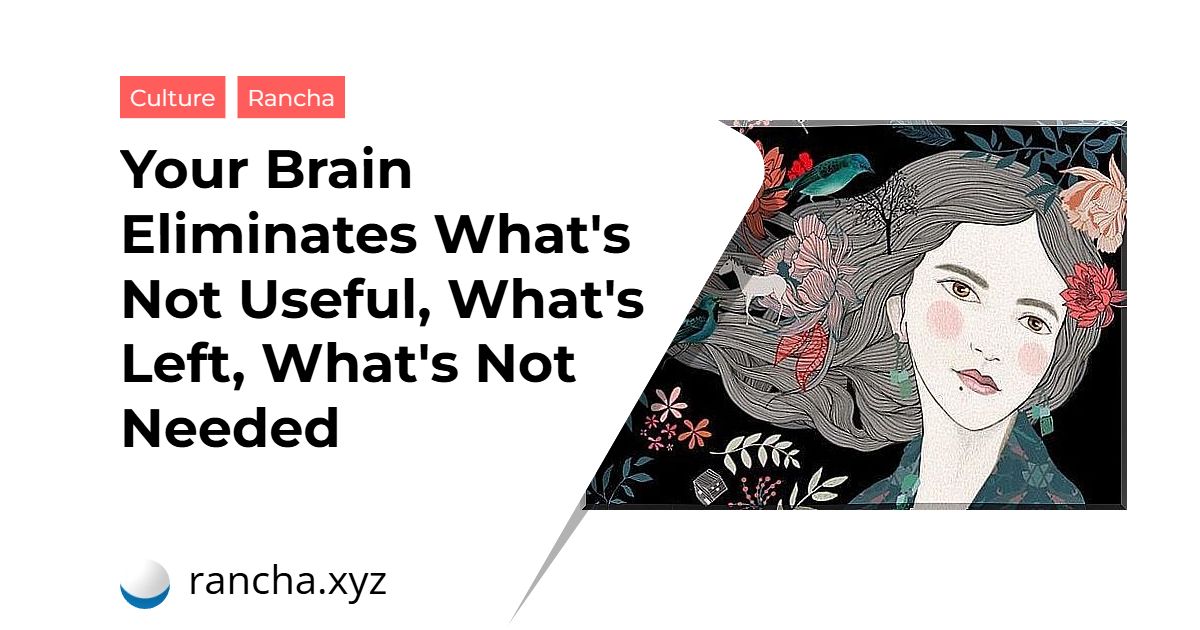Unlearning to learn, eliminating what is not needed to make room for the useful and meaningful. Our brain, curious as it may seem, also performs delicate recycling tasks while we sleep or meditate to debug itself, to remove “weeds” and allow stronger neuronal connections, thoughts and learning much more useful and valuable to flourish.
Arthur Conan Doyle showed in “A Study in Red” how John Watson was surprised at one point by something haunting about his new and extravagant roommate. Sherlock Homes was unaware that the Earth revolved around the Sun. The celebrated detective gave him an excellent reasoning on why this happened, and another set of data that to most were self-explanatory.
A person’s brain – Homes explained – is like a small empty attic in which you have to put the furniture that each one prefers. People pile up in this space a series of objects they find around. Little by little there is no room for useful knowledge. However, the skilled artisan is extremely careful with what he puts in the brain’s attic: he only admits tools that can help him do his job.
Almost without knowing it, Conan Doyle has shown us in this short introduction to “A Study in Red” a basic principle about the economy or indoor gardening in which the brain decides which synaptic connections to feed and which to destroy. It does so based on our lifestyle, interests, experiences and learning.
Neurologists often say metaphorically that we have an erase “button” that allows us to save space, eliminate what is not useful to build new and stronger connections with which to consolidate more meaningful learning. It is a process that, as curious as it may seem, we too can work on. We explain as follows.

In the brain, learning also means “destroying”
Many of us continue to hold to the classic idea that the more synaptic connections we make in our brains, the better. We say that this is how we consolidate more learning, more skills, abilities, data, knowledge. However, Sherlock Homes’ theory is still right in this case: the brain is not an empty attic in which we must randomly and massively accumulate disjointed things.
The brain is a sophisticated organ that likes to save money and specialize in capacities according to its owner. Let’s give an example: we decided to learn to play the piano and we decided to take lessons for one hour a week. In this case, the impact on our brain will be minimal. However, if we take it seriously and start practicing daily, amazing things will happen.
One of them is the so-called synaptic pruning, that is, to create new synapses and new circuits in this musical learning, the brain will first eliminate old neuronal connections that are no longer useful. It needs space and it also needs to build new routes, new bridges, and unravel cables so that “new energy” flows.
To understand it better, we can imagine our brain as a garden. Instead of flowers, what grows are synaptic connections between neurons, pathways through which neurotransmitters such as dopamine or serotonin move. However, for these new structures to flourish, it is first necessary to eliminate the weeds, cut and remove the old leaves to make room. This task is performed by microglial cells, magical entities to which we owe our ability to consolidate new learning. It’s a wonderful thing.

Sleep or meditate, two strategies for your brain to eliminate what is not useful
We already know that our ability to learn transcends, in many cases, our own biology. Now, you’ll be pleased to know that for this new knowledge to be properly consolidated, we need sleep. Neurologists often say that a sleep-deprived brain is like a wild jungle in which it is impossible to advance. It’s chaotic, dark, stifling and collapsed.
In order to open paths, clear the ground and get free space, we need a deep and restorative rest. That’s where the lymphatic system comes into play; it is he who carries out this laborious task of eliminating waste substances, waste and all the dead cells resulting from synaptic pruning. On the other hand, it is worth noting that a short 15-minute nap in the middle of the day or even 20 minutes of deep meditation are also useful to make room for new neuronal connections.

In addition, and as an important fact to conclude, neuropsychologists remind us that sometimes the simple fact of not focusing our attention on one aspect or “breaking” the cycle of obsessive thoughts that focus on the same theme or the same person also allows us to “disable” these synapses and withdraw their strength. It’s like hitting the “delete” button, thus allowing our brain’s attic to be a more comfortable, spacious place and more in tune with our needs.
A theme, without a doubt, interesting, and one that is worth keeping in mind.
 rancha.xyz Be free to choose their own route to self-knowledge, health and balance of body and soul.
rancha.xyz Be free to choose their own route to self-knowledge, health and balance of body and soul.




